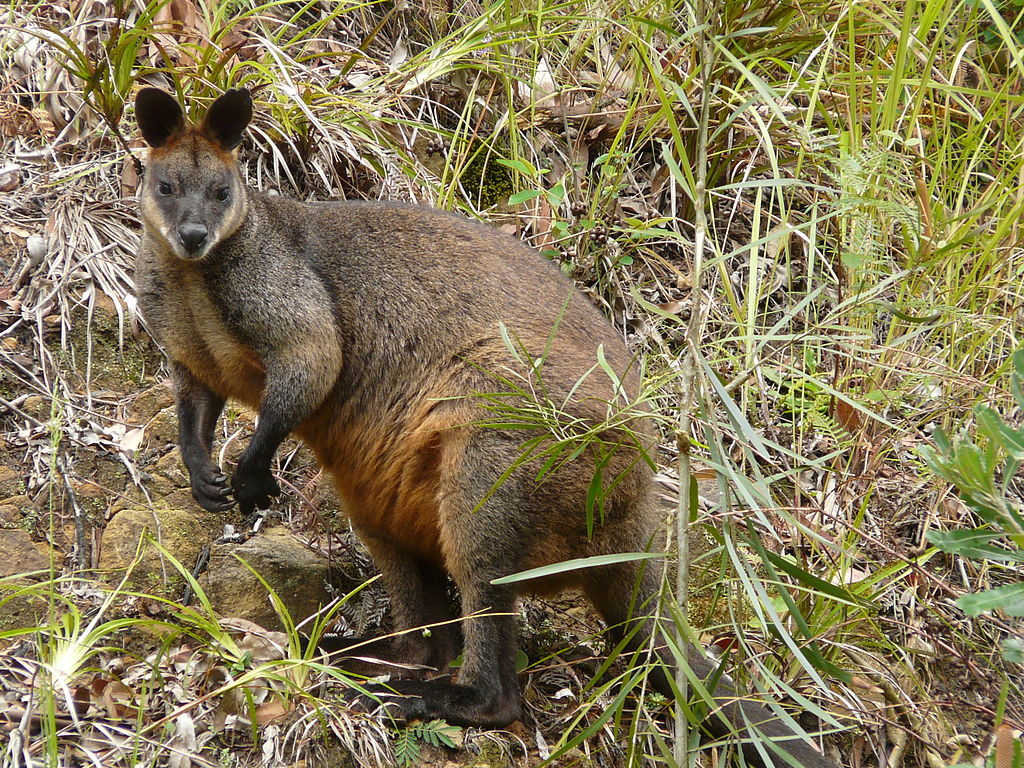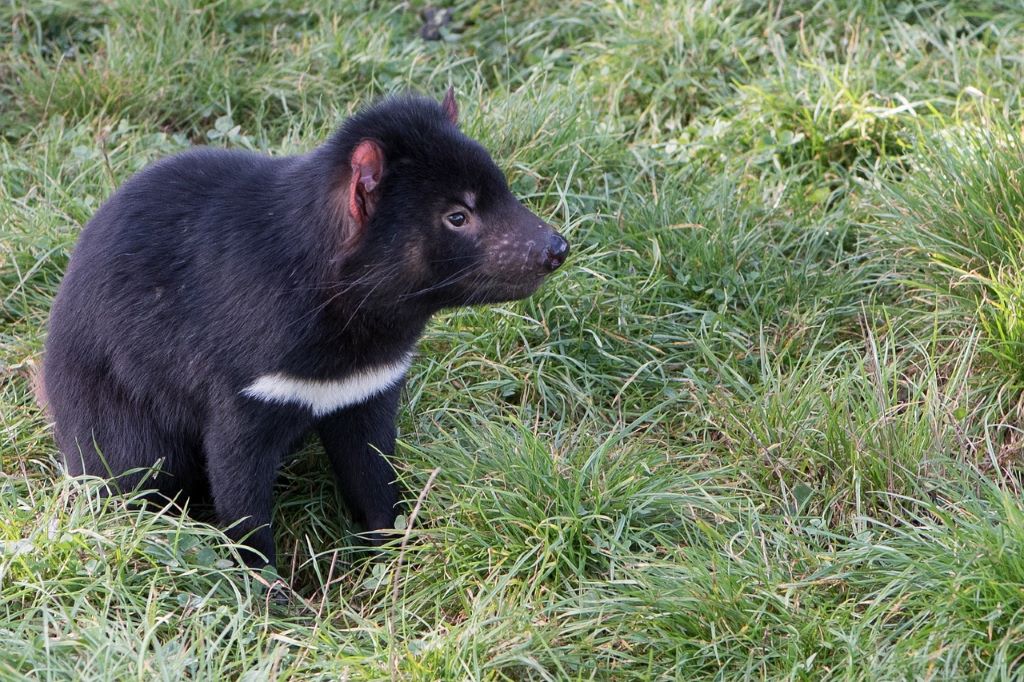This is going to be contentious, but I’ve got to say it, parasites – particularly our native parasites – are pretty darn awesome. Almost every animal, bird, and fish has at least one endemic parasite, which means that they account for a large amount of biodiversity. Not only that, but parasites have some of the most interesting evolutionary relationships of any organism, as they interact with the environment as well as their hosts.
I’ve spent the last three years of my life dedicated to the nematode genus Cloacina, a parasite found in kangaroos, wallaroos, and wallabies. The genus is found across the entire continent, and all up there are about 110 species. For those who may not be aware, that’s a lot of species to have in a single genus! Even more interestingly, most of our macropods have more than one endemic species of Cloacina. All of these aspects raise interesting questions about how exactly all these Cloacina species have come to exist. Did they have a single origin? Why do some species of kangaroo have seventeen species of Cloacina, and some other species only have one or two? And what drives their evolution?

I couldn’t believe it. Australia is one of the most biodiverse continents on the planet, home to some of the coolest parasites in the entire world, and people were questioning why I wanted to study them? Had I missed something?
I’m pretty sure almost everyone who studies wildlife has had ‘Are there any jobs in that?’ thrown their way. The only thing worse is ‘That seems a bit pointless’ (a ‘bit’ pointless, of course, means ‘completely’ pointless). Back in the days of Charles Darwin, studying wildlife was considered pretty up there in the scientific community. Now, it’s considerably less so, with some people even calling it ‘soft’ science. Obviously, those people have never had to deal with the teeth, beaks, or nails, or the perils of statistical analyses with hard-to-find samples and unwilling specimens.
Even though I’m a pretty big fan, I’ll admit that wildlife parasitology is a bit of a niche. I can sort of understand why few people are interested in finding out about the creeping, slithering, crawling things found within the skin and bellies of cute and cuddly creatures like koalas and kangaroos. Even my own family scrunched up their noses when I told them what I wanted to research in my Honours – and later Masters – degrees. While I was slightly hurt at the time, I quickly came to realise that my family were actually extremely supportive compared to the questioning I would get from others.
Wildlife research is often deemed inconsequential until it isn’t. Let’s take the Tasmanian devil, which went from a thriving marsupial to a critically endangered one in just a few years. Wildlife biologists had dedicated their time and energy to studying this species before the deadly face tumours began to afflict them, and it is only because we had these people monitoring the species biology, behaviours, and health before the outbreak that we’ve managed to save it from complete extinction. Bees weren’t of any interest to anyone until some species’ populations started to crash across the world, with large impacts on the environment and agriculture.
From the wildlife parasitology end, a recent study by Murdoch University in Western Australia found that some bacteria found within echidna ticks could cause disease in humans. We haven’t even touched on the conservation argument for wildlife research. An understanding of what wildlife need in their environment can help us figure out the right ways to manage our parks and landscapes. As well as helping the environment, maintaining our wildlife and green spaces are also in our own interest, with direct correlations between increases in green spaces and improved mental health. Just like all science, wildlife research is intersectional, and can lead to breakthroughs in areas like health, climate science, and even physics and engineering.
Somewhere along the way we’ve become disengaged with wildlife research. I’m not saying that we need to completely shake up scientific funding and channel all money into wildlife, and I also don’t think that everyone has to be interested in all forms of science. I understand that a burning passion for wildlife parasitology will only hit a certain few. My issue is that, when confronted with something novel and native, people are often dismissive – as though nothing worthwhile can be found in our native species. How can that be true, when we don’t even know how Cloacina evolved across the continent yet?

Banner image of a Tasmanian devil and is from Pixabay.


Leave a Reply